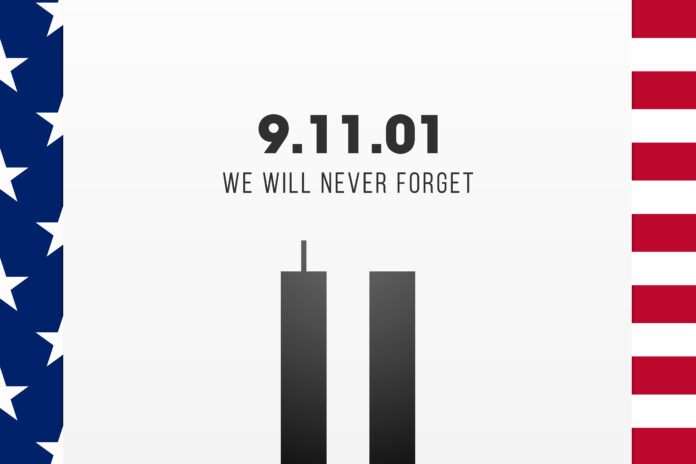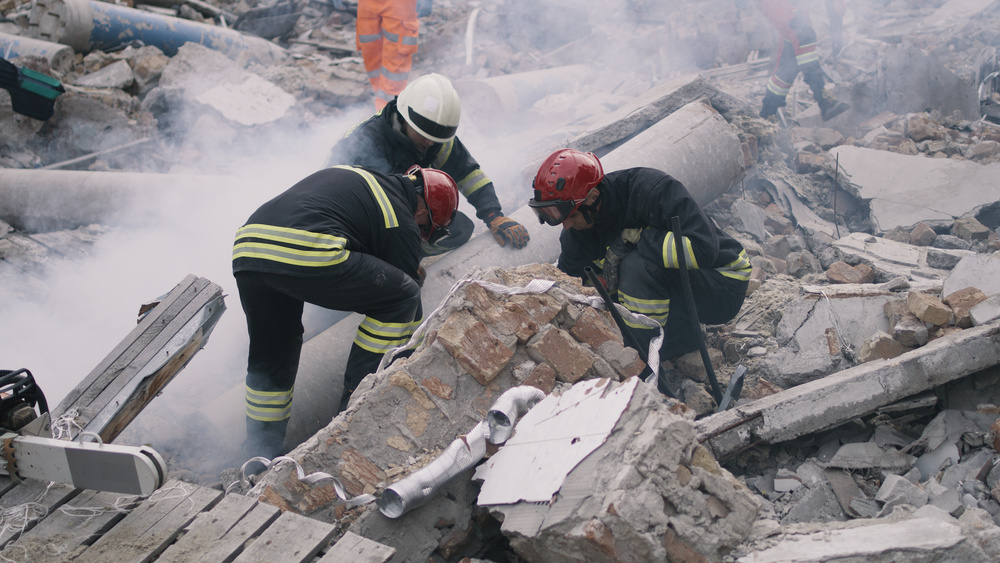The September 11 attack is among the deadliest attacks in the history of the United States. Americans mourned the loss of about 3,000 innocent souls, and almost 6,000 people were left nursing injuries. Horrific pictures and videos showing people trying to escape the disaster flooded the mainstream media.
Different carcinogens were released into the surroundings as the twin towers at the World Trade Center collapsed. Perhaps one substance that attracted the attention of medical experts is asbestos. A person exposed to this toxic material may not feel the effects until decades later. That’s why it’s important for residents, first-responders, and victims of 9/11 to undergo checkups regarding the same even today, 20 years since the attack.
The U.S. government set up the September 11 Victim Compensation Fund worth billions of dollars – currently standing at around USD$10 billion. This compensation targets those who were in the exposure zone between the day of the attack and May 30, 2002 (8 months). But how can you prove that you were exposed and claim compensation? This guide helps you understand all you need to know about 9/11, asbestos, and the symptoms of the effects on victims. Read on to learn more.
Asbestos and the 9/11
The construction of the World Trade Center came when the popularity of asbestos-containing products was at its peak. As such, many parts of the two towers had this substance in the construction materials. For instance, the first 40 floors of the north tower had asbestos-based spray-on fireproofing material applied to their steel beams.
A plume of an estimated 400 tons of asbestos was released into the surrounding environment after the collapse of the twin towers. According to research, asbestos made up 0.8% of the dust that filled the city on the day of the disaster. It’s a significant percentage considering the health effects of the substance.
Over half a million people, including about 90,000 workers, were exposed to the dust containing these carcinogens. Thus, anyone who was a victim or was involved in the rescue mission and cleanup activities that followed the attack was probably exposed in one way or another.
How to prove you were exposed
If you or your loved ones were part of the groups mentioned above, you’re eligible for compensation. According to the World Trade Center Program, the exposure zone refers to the 1.5-mile radius of ground zero. Anyone who worked or found themselves within that area between September 11, 2001, and May 30, 2002, may have been exposed.
Despite being a genuine victim, it can be quite tricky to prove that you or your relative was exposed to the dust. It’s worth noting that unlike a worker’s compensation claim. This isn’t a claim but more of an application for the compensation fund.
That said, here are some of the methods you can use to prove your WTC fund eligibility:
1. Show the injuries resulting from the attack
Of course, the first proof is a set of injuries you sustained following the 9/11 attack. You’ll, however, need to provide evidence that the injuries were, in fact, a result of the events of that day. You can do this by providing medical records documenting the treatment of those injuries.
2. Use employer records
You can present this information if your employer was located within the radius. The data captured here should show that the offices were within the radius and your employer was operational during the dates mentioned above. Among documents that will come in handy include the official employee roster, worker’s injury report, and pay stubs.
3. Proof of residence during the stated time
If you or your loved ones lived within the exposure zone, you might need to submit the necessary documents to back your claims. The documents that can be used here include utility bills, mortgage or rent receipts, and any other papers that prove that you were within the vicinity during the stated dates. Thus, keep in mind that if you have a witness who can attest to your presence at the residence, their sworn statement on the same is also sufficient.
4. Other relevant documents
Present any other document that can show your location on the day of the attack or immediately after the disaster. For instance, orders, task confirmation, or task instructions can be very helpful in the process. You can also submit a document showing your enrollment to a school or daycare that was located within the 1.5-mile radius of the World Trade Center. Remember, the information in these papers must prove that you attended the classes within the said timeframe.
Conclusion
The 9/11 attacks left a huge scar in the history of the United States. Many people were affected either directly or indirectly by the events of this day. And among the people that still feel the effects today are those who were exposed to asbestos. The 9/11 Victim Compensation Fund was reopened to compensate anyone who was exposed to carcinogens. You’ll need your employer’s records, proof of residence, or medical records to prove that you or your loved one was in the exposure zone during or immediately after the disaster.























